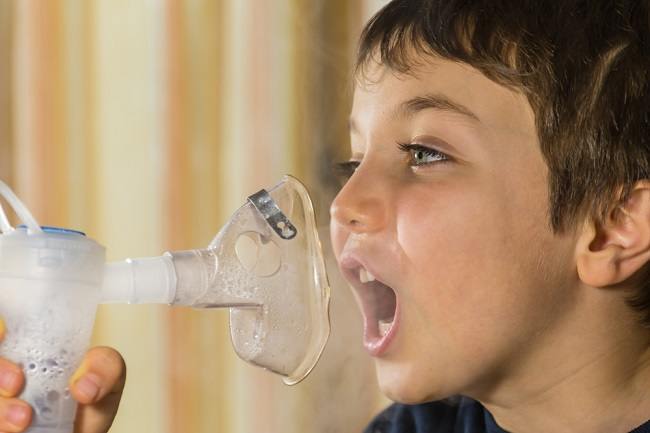Fluid resuscitation is the process of replacing body fluids, when the patient is in critical condition and has lost too much fluid, either in the form of water or blood. The process of fluid resuscitation is carried out with the installation of intravenous fluids.
The body needs fluids to function properly. Excessive fluid loss, in a state of dehydration or bleeding, can interfere with various processes in the body. In advanced stages, this condition can lead to shock and organ failure. Fluid resuscitation is needed to restore bodily functions and prevent worsening of the patient's condition.

When is Fluid Resuscitation Needed?
Fluid resuscitation is given when hypovolaemia is found, namely a lack of blood volume or fluid in the blood vessels. Some of the signs are low blood pressure, rapid pulse and breathing, and increased or decreased body temperature.
Conditions that can cause hypovolemia include bleeding, diarrhea or vomiting that can lead to dehydration, sepsis, and burns.
Types of Resuscitation Fluids
There are two types of resuscitation fluids that can be given, namely crystalloid fluids and colloid fluids.
Crystalloid
This fluid is the fluid that is most often used as a resuscitation fluid, because it has a small molecule, is easy to use, costs less and replaces fluid lost quickly.
However, because they are more easily absorbed by the body, giving too much crystalloid can cause edema or swelling due to accumulation of fluid in body tissues. The most commonly used crystalloid solutions are normal saline (NS) and Ringer's lactate (RL).
Colloid
Colloidal liquids contain substances with heavier molecules, such as albumin and gelatin. Colloidal liquid will last longer in the blood vessels.
Colloids can be used as resuscitation fluids in patients with severe fluid deprivation, such as hypovolemic shock and severe bleeding. However, if used improperly, colloids can trigger allergic reactions, blood clotting disorders, and kidney function failure.
The choice of type, amount, and duration of resuscitation fluids depends on the patient's condition and the availability of these fluids in the care facility.
Fluid resuscitation should be given to patients who have lost fluids and are in an emergency situation. Giving fluid resuscitation requires the supervision of a doctor, so follow the doctor's recommendations









